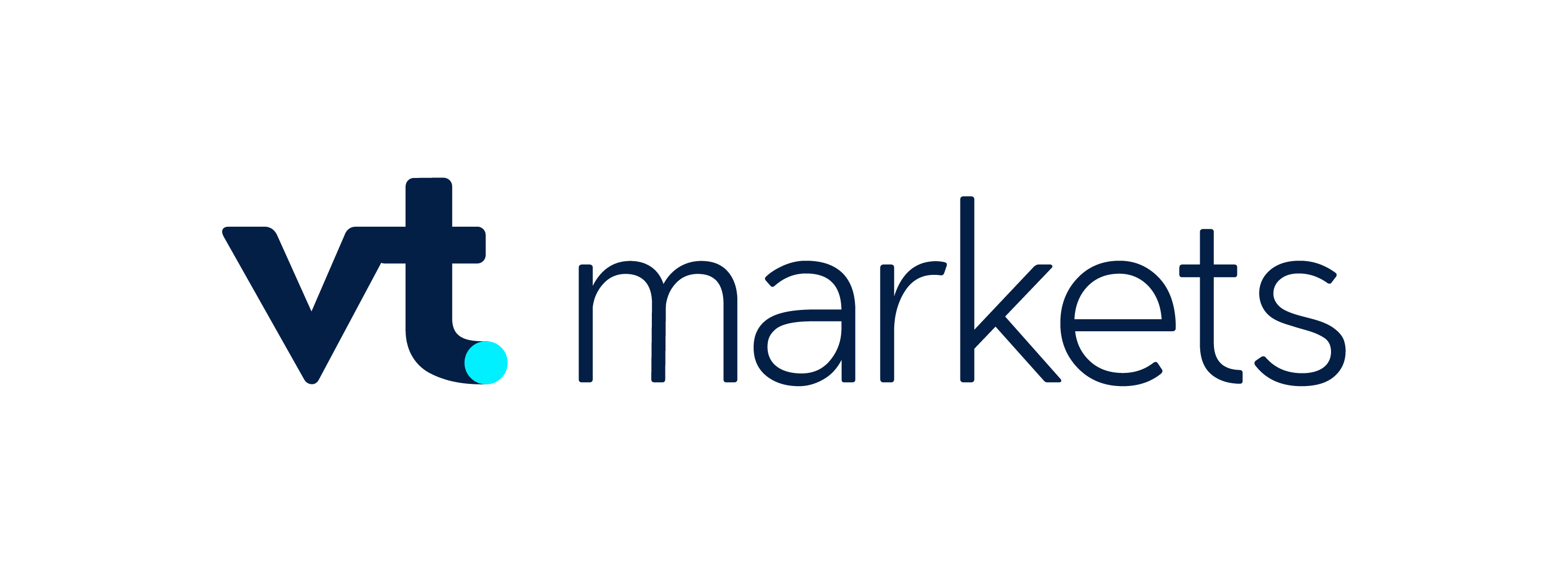Hey there, future Forex trader! So, you’re thinking about jumping into the Forex market, huh? It’s an exciting place—currencies zipping around the globe, 24/5, with trillions of dollars changing hands daily. But before you dive in, you’re probably wondering: How much cash do I need to start, and what kind of returns can I expect? Let’s break it down in a way that feels like we’re chatting over a cup of coffee in a cozy Hong Kong café, with the city’s skyline buzzing outside. I’ll walk you through the basics, share some real talk on expectations, and sprinkle in a bit of local flavor for my fellow Hong Kong traders. Ready? Let’s get started!
How Much Do You Need to Start Trading Forex?
First things first—there’s no one-size-fits-all answer here, but the good news is you can start small. Picture this: you’re at a street market in Mong Kok, eyeing a shiny gadget. You don’t need to buy the whole stall to get in on the action, right? Forex is similar. Thanks to modern brokers like VT Markets, you can dip your toes in with as little as $50. Yep, that’s less than a fancy dinner at a Causeway Bay restaurant!
But let’s be real—starting with $50 might not give you much wiggle room. If you’re serious about building skills and seeing some growth, most experts suggest starting with $500 to $1,000. Why? Because with a smaller account, like $50, you’re limited to tiny trades (think 0.01 lots), and even a small market hiccup can wipe you out if you’re not careful. With $500, you’ve got more breathing space to manage risks—like setting a stop-loss order to cap losses at 1% per trade, which is a golden rule for beginners.
Now, if you’re dreaming of Forex as a full-time gig, replacing your salary, you’ll need more—think $5,000 or higher. That’s because bigger accounts let you trade larger positions, which can lead to steadier cash flow over time. But here’s the catch: only trade what you can afford to lose. Forex isn’t a piggy bank you can smash open—it’s a market with risks, and you don’t want to be stressing over rent money while you’re learning the ropes.
What’s the Deal with Leverage?
Here’s where Forex gets spicy: leverage. It’s like borrowing a friend’s fancy car to impress at a party—you get to drive something bigger than you could afford, but if you crash, it’s a mess. Leverage lets you control a large position with a small amount of cash. For example, with VT Markets’ 500:1 leverage, your $1,000 can control a $500,000 trade. Sounds amazing, right? But hold on—if the market moves just 1% against you, that’s a $5,000 loss on your $1,000 account. Ouch.
For beginners, I’d say ease up on leverage. Stick to 10:1 or 20:1 until you’re comfy. It’s like learning to ride a bike with training wheels—you’ll get to the big leagues eventually, but let’s not crash on day one.
What Should You Expect for ROI?
Now, the million-dollar question (or should I say, million-pip question?): What kind of returns can you expect? Let’s keep it real—Forex isn’t a get-rich-quick scheme, despite what some flashy ads might promise. I’ve seen folks on social media claiming 100% monthly returns, but let’s not kid ourselves. Those are outliers, often taking wild risks, and many end up losing it all just as fast.
For most traders, especially beginners, a realistic monthly return is 1% to 5%. If you’re starting with $1,000, that’s $10 to $50 a month. Not exactly yacht money, but it’s a start! Pro traders, after years of honing their skills, might aim for 5% to 10% monthly—think $50 to $100 on that same $1,000. But here’s the thing: even the big funds, managing billions, often target 10-15% per year. So, if you’re averaging 3% a month, you’re doing great.
Let’s break it down with a Hong Kong twist. Say you’ve got $2,000 to trade, and you’re aiming for a steady 3% monthly return. That’s $60 a month—enough for a nice dim sum brunch at Tim Ho Wan. If you compound those gains (reinvesting your profits), after a year, your account could grow to about $2,850. Not bad for a side hustle while you’re sipping milk tea and watching the Victoria Harbour lights!
Real-Life Expectations: The Good, The Bad, and The Ugly
Let’s get into some real-life scenarios. Imagine you’re trading USD/HKD, betting the US dollar will rise. You start with $500, use 20:1 leverage, and trade 0.1 lots. A 20-pip move in your favor nets you $25—sweet! But if it goes against you, and you didn’t set a stop-loss, you could lose $25 just as fast. That’s why risk management is key—never risk more than 1% of your account per trade. For a $500 account, that’s $5 per trade.
Now, the bad: Forex is volatile. A surprise US Fed rate hike or a China policy shift can send the market into a frenzy. I remember a friend who didn’t use a stop-loss during a 2015 Swiss franc spike—he lost half his account overnight. The ugly? Most beginners lose money—stats show 70% of retail traders don’t make it past their first year. Why? They over-leverage, skip risk management, or chase unrealistic gains.
How VT Markets Can Help You Start Smart
Here’s where VT Markets comes in like a trusty friend. They make starting Forex trading a breeze for Hong Kong traders. You can open an account with just $100, and their demo account lets you practice with virtual funds—up to $100,000 worth—so you can test these terms without risking a dime. Their platforms, MetaTrader 4 and 5, are user-friendly, with tools to set stop-loss and take-profit orders easily. Plus, they offer tight spreads (from 0.0 pips), leverage up to 500:1, and 24/7 support, so you’re never alone, even during those late-night trading sessions after a long day in Central.
Tips to Keep Your Expectations Grounded
- Start with a Demo: Practice first. VT Markets’ demo account is your sandbox—play around, make mistakes, and learn without the stress.
- Risk Small: Stick to the 1% rule. If you’ve got $1,000, don’t risk more than $10 per trade.
- Be Patient: Aiming for 1-5% monthly returns is realistic. Don’t chase 50% in a week—it’s a recipe for disaster.
- Learn Constantly: Forex markets shift fast. Keep up with news (like US-China trade talks) and use VT Markets’ educational resources to stay sharp.
Wrapping It Up: Your Forex Journey Starts Here
So, how much do you need to start trading Forex? You can kick off with as little as $100, but $500 to $1,000 gives you a better shot at learning without too much stress. As for ROI, aim for 1-5% a month as a beginner—anything more is a bonus. With VT Markets, you’ve got a solid partner to guide you, from demo practice to live trades, all while keeping things simple and safe.
Forex trading is like learning to cook your grandma’s char siu recipe—it takes time, a few burnt attempts, and a lot of patience, but once you get it right, it’s oh-so-rewarding. So, grab that demo account, set your stop-loss, and start small. The Forex market’s waiting, and with the right mindset, you’ll be trading like a pro in no time. Let’s make those pips together—cheers to your trading journey, Hong Kong style!

